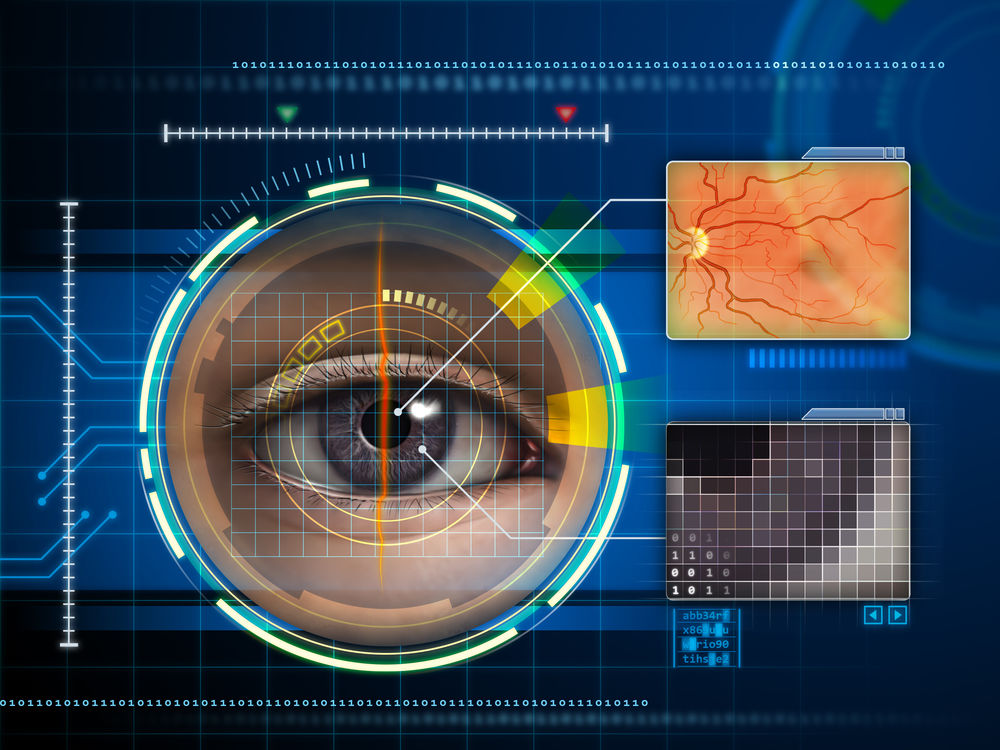Forget 5G, Apple is now looking for engineers to work on 6G
03/01/2021 / By Franz Walker

Hot on the heels of launching its first 5G-enabled iPhones, Apple is now looking to start work on sixth-generation (6G) cellular connectivity. The California-based company is currently looking for wireless systems research engineers for next-generation networks.
“You will have the unique and rewarding opportunity to craft next generation wireless technology that will have deep impact on future Apple products,“ states the job posting. “In this role you will be at the center of a cutting-edge research group responsible for creating next generation disruptive radio access technologies over the next decade.”
According to the posting, those hired for the position will both “research and design next generation (6G)” as well as participate in industry forums that are “passionate about 6G technology.”
6G hires part of Apple’s push to develop technologies in-house
The job listing looks to be another sign of Apple’s push to develop more of its technology in-house.
For most of its history, the company has relied on equipment and technology from outside vendors. For instance, it relied on Intel for CPUs for the Mac line desktop and laptop computers.
But Apple has also developed its own technology. The company has designed the main processors for the iPhone and iPad. Last year, it expanded those efforts to the Mac, abandoning Intel’s Core chips in favor of its in-house developed M1, which is based on the ARM architecture it also uses for its mobile products.
In addition to this, the company has also ramped up work on other technologies — such as custom screens and cameras — that it uses on its devices. More importantly, Apple started work last year on its first custom modem. This is the hardware that allows phones and other mobile devices to connect to wireless networks.
“Long-term strategic investments like these are a critical part of enabling our products and making sure we have a rich pipeline of innovative technologies for our future,” said Johny Srouji, Apple’s custom technology and chip head, during a town hall meeting with employees in December.
6G is coming amid questions about 5G
Even as Apple works to be a key player in 6G, it still faces some challenges when it comes to 5G.
5G wireless technology as a whole is still in its infancy. The technology has yet to see widespread adoption, even among Apple’s own devices. The company has yet to add 5G to devices such as the Apple Watch and iPad. It also still sells multiple iPhones that use older 4G technology.
In addition, the rollout of 5G also faces challenges when it comes to both infrastructure and health concerns. (Related: An even greater danger: China claims to have launched world’s first 6G satellite.)
5G uses much higher frequencies than previous wireless technologies to provide higher connection speeds. As a consequence of these higher frequencies, 5G signals have a much shorter range than 4G. This means that 5G requires more cellular masts to be built than 4G over a similar area.
The increased number of these masts exacerbates the many health concerns associated with 5G. With more masts comes a higher chance of being exposed to the radiofrequency (RF) radiation from them.
The International Agency for Research on Cancer (IARC) has classified all radiation – including 5G – as carcinogenic. But the agency has stated that there is limited evidence for 5G’s carcinogenicity in humans.
Since then, 253 scientists from 44 countries have signed an appeal recommending that the IARC re-evaluate the carcinogenicity of radiofrequency radiation. These scientists raised a plethora of health issues, including nervous and endocrine system disruption and cancer.
With all the issues faced by 5G, it’s likely that 6G will face similar problems as well. With its use of even higher frequencies for even higher speeds than 5G, 6G will most likely require even more masts spaced much closer together.
This could end up exposing more people to carcinogenic radiofrequency radiation.
Follow 5GAlert.com for more news on the dangers of 5G and other next-generation wireless technologies.
Sources include:
Submit a correction >>
Tagged Under:
5g, 5G technology, 6G, Apple, Big Tech, cancer criminals, Cell Phone Dangers, corporations, Endocrine disruptors, internet, radiation, radiofrequency radiation, tech giants, technology, wireless technology
This article may contain statements that reflect the opinion of the author
RECENT NEWS & ARTICLES
COPYRIGHT © 2017 BigTech.news
All content posted on this site is protected under Free Speech. BigTech.news is not responsible for content written by contributing authors. The information on this site is provided for educational and entertainment purposes only. It is not intended as a substitute for professional advice of any kind. BigTech.news assumes no responsibility for the use or misuse of this material. All trademarks, registered trademarks and service marks mentioned on this site are the property of their respective owners.





















